Posted by Tech.us Category: AI Artificial Intelligence Business Trends
We are a team of technology experts who are passionate about what we do. We LOVE our customers. We LOVE technology. We LOVE helping you grow your business with technology.
Artificial Intelligence Services
Machine Learning Solutions
Generative Al Companies
Robotic Process Automation
Natural Language Processing
Chatbot Development Services
Enterprise AI Solutions
Data Annotation Services
MLOps Solutions
IoT Solutions
Data Mining Solutions
Computer Vision Services
Custom LLM
AI Agents
Agentic AI Development
Custom Software Development
Enterprise Software Solutions
Software Development Services
Website Development Services
Software Product Development Services
SaaS Development Services
Mobile App Development Services
Custom Mobile App Development
IOS App Development
Android App Development
Enterprise Mobile App Development
Hybrid App Development
Software Development Outsourcing
Dedicated Development Team
Staff Augmentation Services
IT Outsourcing Services
Data Analytics Services
Data Analytics Consulting Services
Business Intelligence Solutions
Software Modernization
Application Modernization Services
Legacy System Modernization
IT Security Solutions
Cyber Security Solutions
Cyber Security Managed Services
HIPAA Compliance Cyber Security
Cloud Application Development
Custom Web Application Development
Cloud Consulting Services
AWS Cloud Consulting Services
Enterprise Cloud Computing
Azure Cloud Migration Services
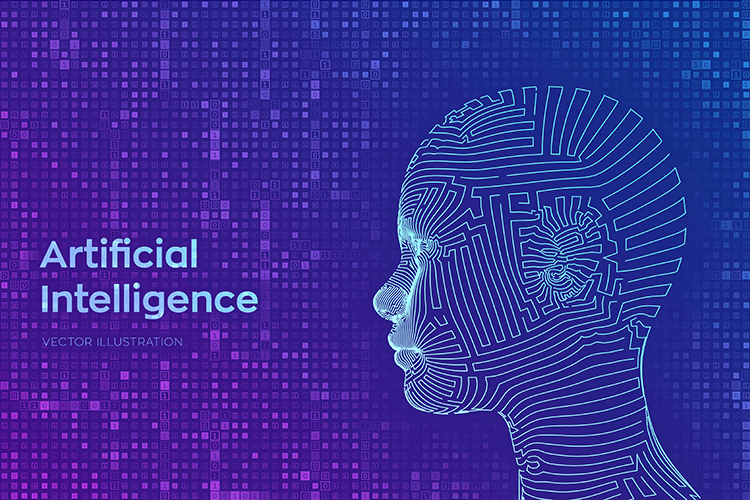
POPULAR POSTS
01
How To Improve Document Processing Accuracy Using Document AI
02
The Guide to Chatbot Development & What to Seek while Hiring a Company
03
Understanding Natural Language Processing: The What? The How? and The Why?
04
11 Proven Benefits of AI Chatbots for Businesses in 2025
05
A Complete Guide to SaaS Product Development
Posted by Tech.us Category: AI Artificial Intelligence Business Trends
If you’ve read anything in the last five years about artificial intelligence (AI), two things become immediately apparent. One is that the term itself has moved beyond its original definition, often outside of what artificial intelligence is, and into a popular buzzword. The second is that AI is touted as the next big thing for businesses to both harness and fear, depending on your industry and which side of the transaction you are on.
AI isn’t just the walking, dancing, and punching robots from Boston Dynamics and voice-controlled digital assistants we use like Siri. AI is the blanket term for anything that demonstrates an ability to think with some level of intelligence to solve problems. Basic applications might range from playing chess (Deep Blue) to calculating directions (Ways and Google Maps). Machines can learn now, and with deep learning techniques using large data sets, an AI can learn faster and more effectively than a human.
In its ideal and maximized form, AI is the computer that surpasses human intelligence, as in, the singularity at which the machine surpasses the human. There are enough warnings about such a moment to balance the naysayers who say a machine can never be as smart as a human. This debate isn’t what is important. Both sides are answering the wrong question. What we should be asking is: “What can artificial intelligence do, and how can my business and the world benefit from it?”
AI is a tool unlike any other, overhyped and yet underappreciated. Highly visible, yet barely understood. It is the leading force in the digital transformation taking over the business world. While advanced technologies may have been optional in the past, anyone left out of this new technological arms race is going to have difficulties competing. Before jumping on the bandwagon, there are essentials about AI that cannot be ignored if your business is looking to leverage this powerful tool and maximize ROI on any investment in the technology. Let’s dive in.

Artificial intelligence is anything that can think and solve problems. From small tasks to complex logic, there are AI tools for many applications. Google uses it to give you directions, security agencies use it to monitor communications, and the army uses it to track terrorists. What you need is something in between basic tools to get you to Starbucks faster and AI that can identify and trace thousands of calls a second.
Whether you are in finance, industrial manufacturing, logistics, or even advertising, AI can elevate any business and accelerate productivity. AI takes raw data and learns from it. By feeding it large data sets about your business and customers (current or potential), it can pick up on patterns and learn. This is called machine learning. Once an AI learns what is important and is given a directive, it uses its knowledge base to execute the tasks that are important to you.
Teaching a machine to think allows it to perform basic or complex functions over time based on historical data sets. Since AI can learn in broad data sets about varied subjects, it has applications in a multitude of industries. Three of the industries maximizing the use of AI are advertising, manufacturing, and finance.
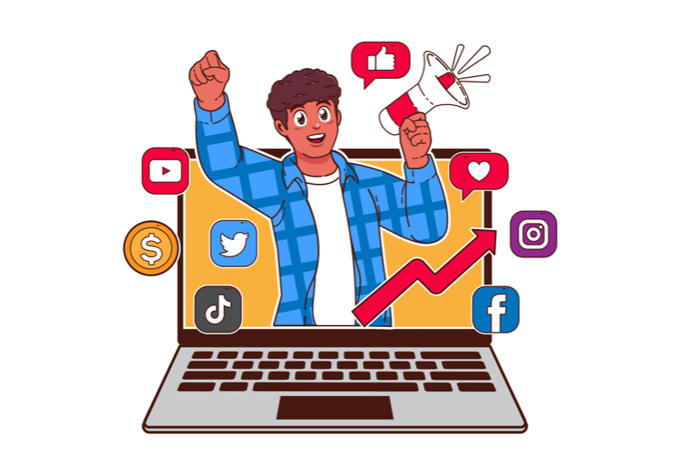
Let’s say you run an advertising agency and need to maximize your click-through-rate (CTR). Putting ads in front of people who already want your service or product will get that done most efficiently. You can maximize ad dollars and speed up your conversion time by buying or building tools to identify consumers and businesses that are interested in what you have to offer.
Artificially intelligent advertising software like that of Google or Facebook takes large data sets and lets you get specific by serving ads to the people you choose. You can filter out the demographics that are unlikely to want your services or products, and Google will serve up ads directly to the people that do. Google is also the first stop for companies when it comes to search as well. Getting the right clicks and conversions is more important than the sheer number of both, and AI is perfectly suited to handle this.
Not only can an AI run your campaigns and increase your ROI on advertising dollars, but it can generate content, curate content, manage pricing from the ad buy limits, and place bids automatically. According to Dave Chaffey in an article for Smart Insights, AI is also able to:

What if your product is physical? How can what is essentially just a computer program help? Artificial intelligence can manage logistics, manufacturing, and order flow better than any human, at a fraction of the cost. AI software designed to manage your factory or shipping needs will keep everything on track and automate processes that were done manually.
Over time, an AI system will learn as well. So as you set initial parameters in the software, tweaking them bit by bit until you reach the efficiency you need with the margin of error you can live with, it will remain a steady partner for you and your clients.
Some of the most popular applications for AI in manufacturing include:

In a data-heavy industry, AI is essential. Data flows at thousandths of a second, and no human can keep up with an artificially intelligent machine. Artificial intelligence is already the industry standard used by hedge funds, mutual funds, banks, market makers, and even retail traders. It is the underpinnings of the financial market systems that we use today and goes beyond trading applications.
CRM (Customer Relations Management) software is increasingly intelligent as well, and an AI system can prioritize, filter, and sometimes even automate processes for you. It knows your priority tasks and alerts you when you have something pending. It keeps you on track for regular follow-ups and synchronizes data with every system and person that needs it. The days of carrying around a Rolodex and calling up your investors are over, and AI tools are pushing things ahead.
The most popular financial applications include:
While these industries are already beginning to ramp up and maximize their use of AI, there are others mentioned below harnessing this game-changing technology. If you operate in any of these industries, it is time to consider investing in AI systems to step your game up:
For AI to truly be useful, it needs to solve a problem that you have or are going to have in the future. It can be costly to invest in some systems, and often the human touch is what makes your company and workforce so unique. It is unfortunate then that the conversation has mostly turned on how AI is poised to replace humans instead of augmenting and accelerating their work.
Many jobs are indeed under attack by AI. Brokers at the NYSE are non-existent, and only the systems administrators do anything anymore. You don’t need a team of accountants because one accountant with QuickBooks can do the same job faster as the computer processes all the data and compares it to its knowledge.
Still, there are elements that we don’t want to, and maybe shouldn’t, replace within organizations. AI is a powerful tool for many divisions and processes that still require humans. When you need to draw up contracts for your latest partnership, you might be able to plug in the parameters of the deal and get an AI-generated contract. Instead of paying for hundreds of hours for lawyers and paralegals, a small, AI-assisted team can get the job done faster, with a smaller margin of error.
At the end of the process, though, your human lawyer or legal department will be responsible for taking care of the details and fine-tuning the points you and your partners disagree on. Legal language is quite clear, but humans communicate in a unique and complicated way that goes beyond the words on a page.
AI tools for marketing and accounting are similarly replacing jobs at a steady pace, but creativity cannot be replicated completely by AI. When you need fresh perspectives on how to reel in your next deal, it will be a human that finds the pathways and strategies to get you from point A to point B. They will probably harness the power of artificial intelligence to create and distribute that strategy, but the plans come from humans. Once the parameters are set, and your AI-powered ad software gets to work, your strategy will be executed faster than would ever be possible without it. After a brief adjustment period, the machine learning aspects of your software will optimize the process for you, making sure you’re getting the most for your money.
The argument for AI lies in the effectiveness and efficiency of your company’s work. You should bother investing in AI because of the difference it will have on your bottom line.
By harnessing artificially intelligent tools, you can increase your output per employee and the effectiveness of their work. Instead of paying $10,000 for a campaign that might land a few calls and one conversion at a CTR of 3%, you might be able to get closer to a 30% CTR that leads to a higher conversion rate when closing deals. AI is what takes your business from great to unbelievable.
Machine learning is most effective when paired with human direction. Supervised and unsupervised learning are the two most popular strategies for teaching an artificially intelligent machine. Human-directed learning allows your AI to learn exactly what you need it to, so it can be used effectively for your particular business. Once you get AI working for your business, you won’t be asking, “Why should I bother?” but “Why didn’t I implement this sooner?”
The past decade has seen an advance in the progress of artificial intelligence and machine learning that means more companies are using it than ever before. It has become somewhat of an arms race. The tools available now are priced affordably, and the ROI when it comes to personnel, sales, and slippage is so high that if you’re not leveraging the power of AI, you’re already losing the race.
AI has disrupted the way that businesses operate and work together. Instead of building a working team to figure out how to move parts from the factory to the warehouse, a machine can schedule and track product movements all the way to the shipment phase. Supply chain management managed by AI makes fewer mistakes and costs less over the long run than a team of supply chain managers scrambling to get everything out the door on time.
Take a look at Amazon, and you won’t need another excuse to move to artificially intelligent software. Amazon uses AI software to track shipments throughout their warehouse and direct them to the right trucks. By the time those trucks are driving, GPS calculates how long it will take to arrive at someone’s doorstep. No guessing involved, and they have very narrow windows of estimation.
This is done by taking the historical shipping data of all Amazon packages that have followed similar routes and calculating every step simultaneously. No human has the capacity to do something like that. Machine learning allows down-to-the-hour calculations that can only be done by an AI with a large data set.
Still, Amazon has warehouse workers. There are essential operations like packaging and boxing that AI can’t do without a physical presence, but in the future, a robot linked to the artificially-intelligent program will be able to move the package around the warehouse, pack it with the relevant products, and ship it out.
Any business not leveraging AI tools like these is already behind the times. You just need to take a look at Amazon’s growth and subsequent stock price to see the power of AI in action. The world is betting on a business future powered by AI that maximizes everyone’s success, no matter what industry you are in.

Investment in artificial intelligence research and products has increased at a rapid pace, and that pace is only accelerating. For the time being, AI machines will continue to learn and get smarter, increasing profits and decreasing costs. While upfront investment is necessary when implementing artificial intelligence in any business process, the ROI is well worth it.
According to McKinsey’s Global AI Survey in 2019, “Aggregating across all of the use cases, 63 percent of respondents report revenue increases from AI adoption in the business units where their companies use AI, with respondents from high performers nearly three times likelier than those from other companies to report revenue gains of more than 10 percent. Respondents are most likely to report revenue growth from AI use cases in marketing and sales, product and service development, and supply-chain management (Exhibit 1).”
Not only are businesses seeing upticks in revenue, but decreases in costs and better cost-efficiency: “A majority of executives whose companies have adopted AI report that it has provided an uptick in revenue in the business areas where it is used, and 44 percent say AI has reduced costs.”

The technology underpinning the artificial intelligence we have today is practically rudimentary compared to what you will be able to buy off the shelf in a few years’ time. Taking into account Moore’s Law, we could see artificial intelligence double in scale and effectiveness every two years. The gains in production and efficiency you experience now will feel small in a decade.
Still, making sure that you start optimizing your business using AI now ensures that you won’t fall behind. As previously mentioned, AI is an arms race that is accelerating quickly. If you’re not in the game, you might not exist if your competitors are already playing it.
At the moment, AI is only automating processes and is usually restricted to simple tasks. However, AI for military applications like the software developed by Palantir to identify and track targets is also automating the thinking. It doesn’t just find and track the targets but identifies strike points and prioritizes threats. This software isn’t going to replace generals anytime soon, but it might replace some of the foot soldiers used to patrol and search for enemies, reducing casualties. This power is trickling down into business-focused applications that allow you to make your business the kind of army equipped to go to war with any of your competitors.
Harnessing machine learning software for your business means gaining a tool that can make your work more efficient and profitable, but it could mean a more intelligent way of doing business in the future.
The main application for AI right now is making processes simpler and more automated. It started with car factories automating processes on the factory floor. Then AI was able to automate order flow and logistics. Now, it can take the order from a dealer, find a build slot at the factory, produce the car, and get it shipped off to the dealer in record time.
Each incremental step in machine learning makes artificially intelligent tools stronger and more capable. The future of artificial intelligence is likely to be a breakthrough point not only for how your business operates but what it means to do what you do.
AI may even think with you to strategize at the upper levels of your organization. Machine learning can crunch data and plot a course toward an optimized decision. If you feed AI data about past decisions and where they led, it may learn what works and doesn’t work for your business, making decisions faster and easier.
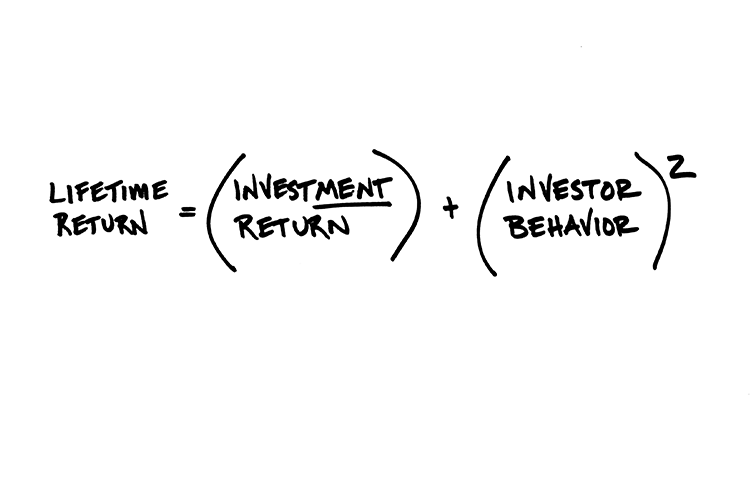
Investment in artificial intelligence has soared, and not just because it is a buzzword. Companies developing AI systems are selling a lot because the results are proven; efficiency and ROI jumps, and businesses are more successful overall.
The investment needed for AI systems can range depending on industry, application, and scale. Basic AI-powered accounting software won’t break the bank, but if you need comprehensive logistics and supply chain management software, you will need to shell out more for your upfront investment.
The future is always uncertain, and as the past year has shown us, digital transformation is only accelerating. It can sometimes be daunting navigating new technological waters, but once you have a handle on what you want out of your AI, there is no doubt you will expand its use in your organization.
The fundamental rules of business hold true in this fast-paced world of thinking technology. Like upgrading factory equipment or hiring better and smarter workers, AI is an essential business process in the 21st century. It’s time to step into the next stage of your business and let artificial intelligence take the wheel to turbocharge your organization.

How to Maintain Innovation in a Mid-size Company

Why Smart Entrepreneurs Often Fail to Build Great...
Get Free Tips
NEWSLETTER
Get Free Tips
Submit to our newsletter to receive exclusive stories delivered to vou inbox!
Thanks for submitting the form.
RECENT POSTS
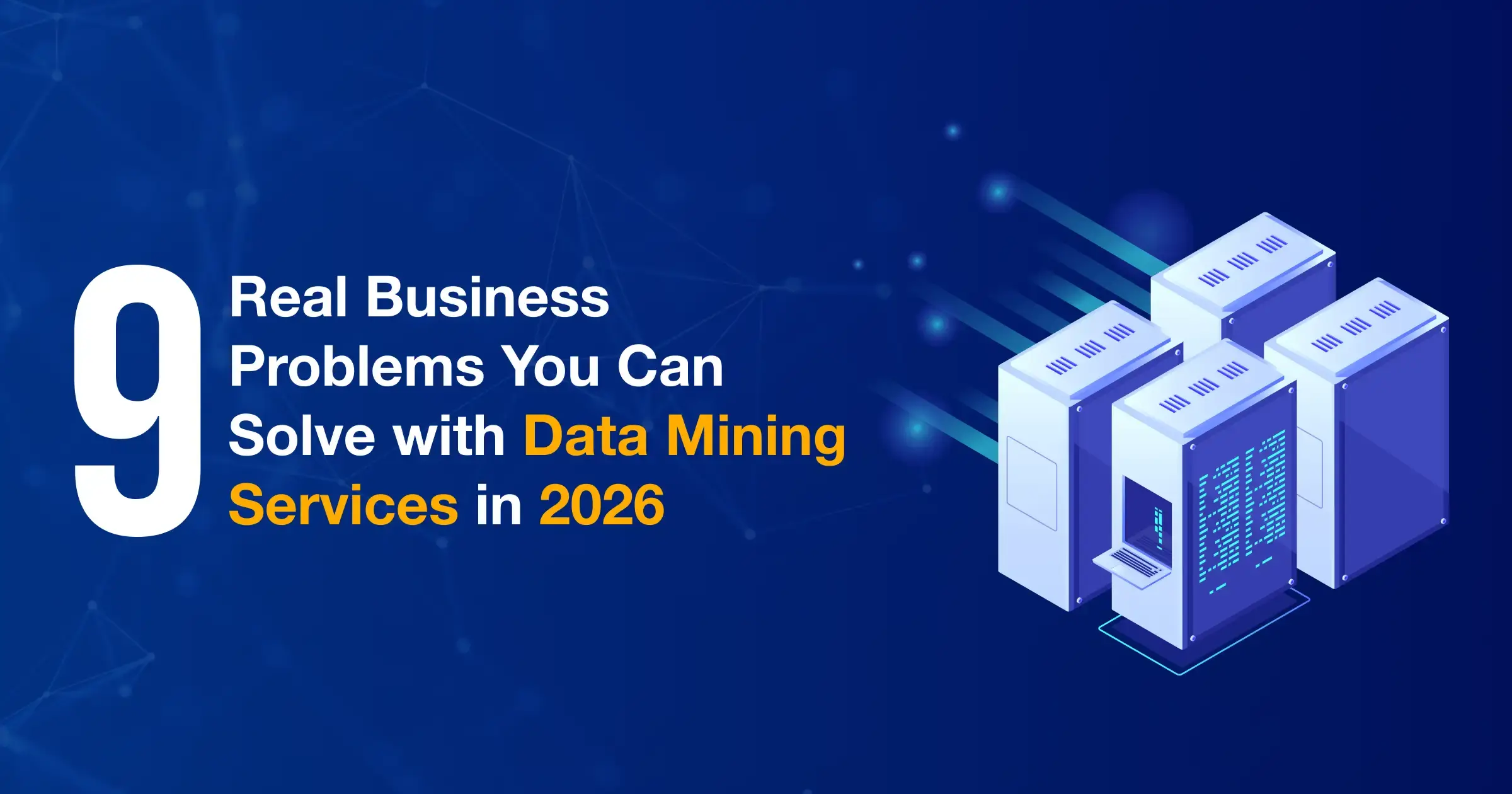
9 Real Business Problems You Can Solve with Data Mining Services in 2026
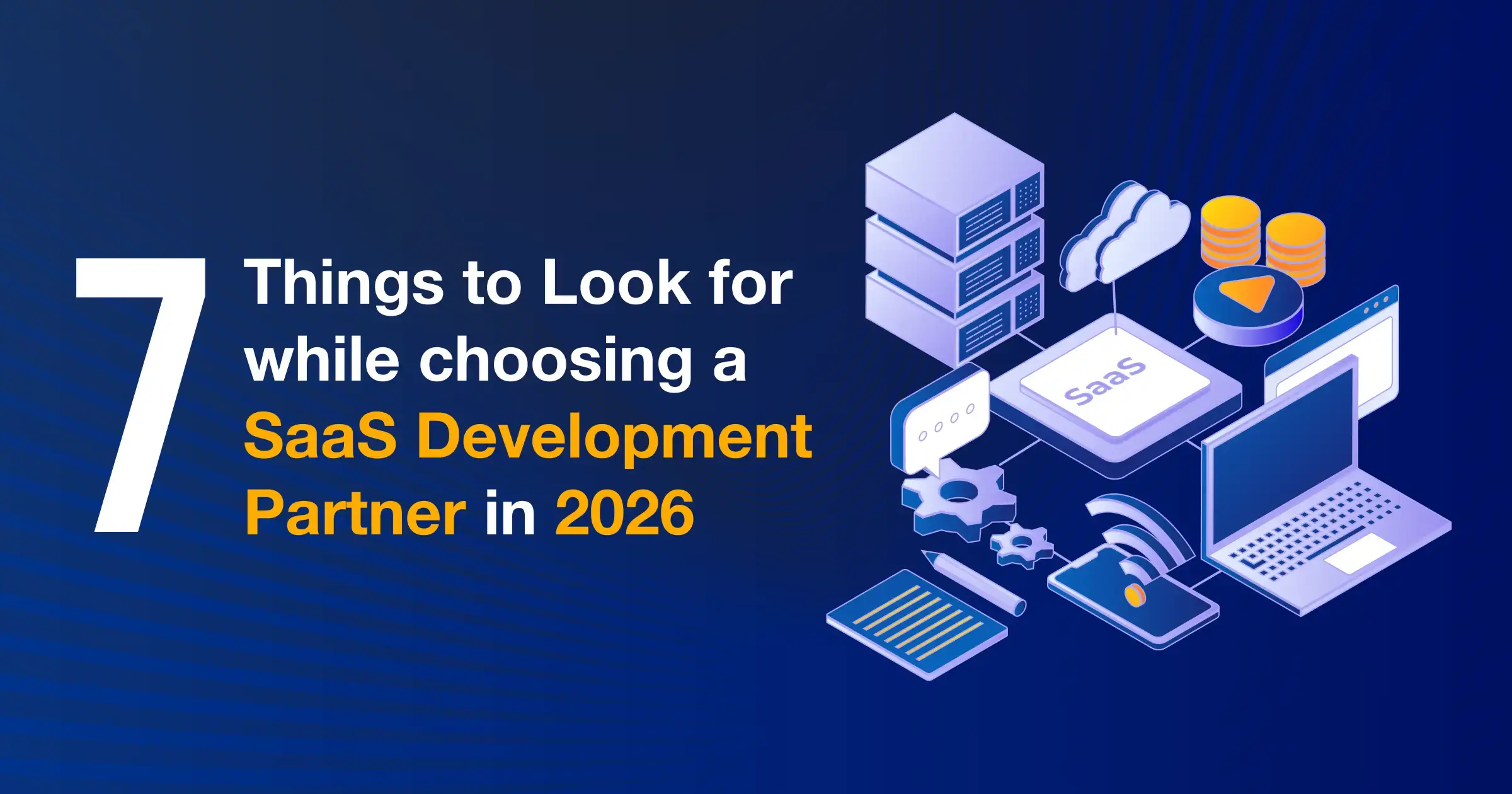
7 Things to Look for while choosing a SaaS Development Partner in 2026
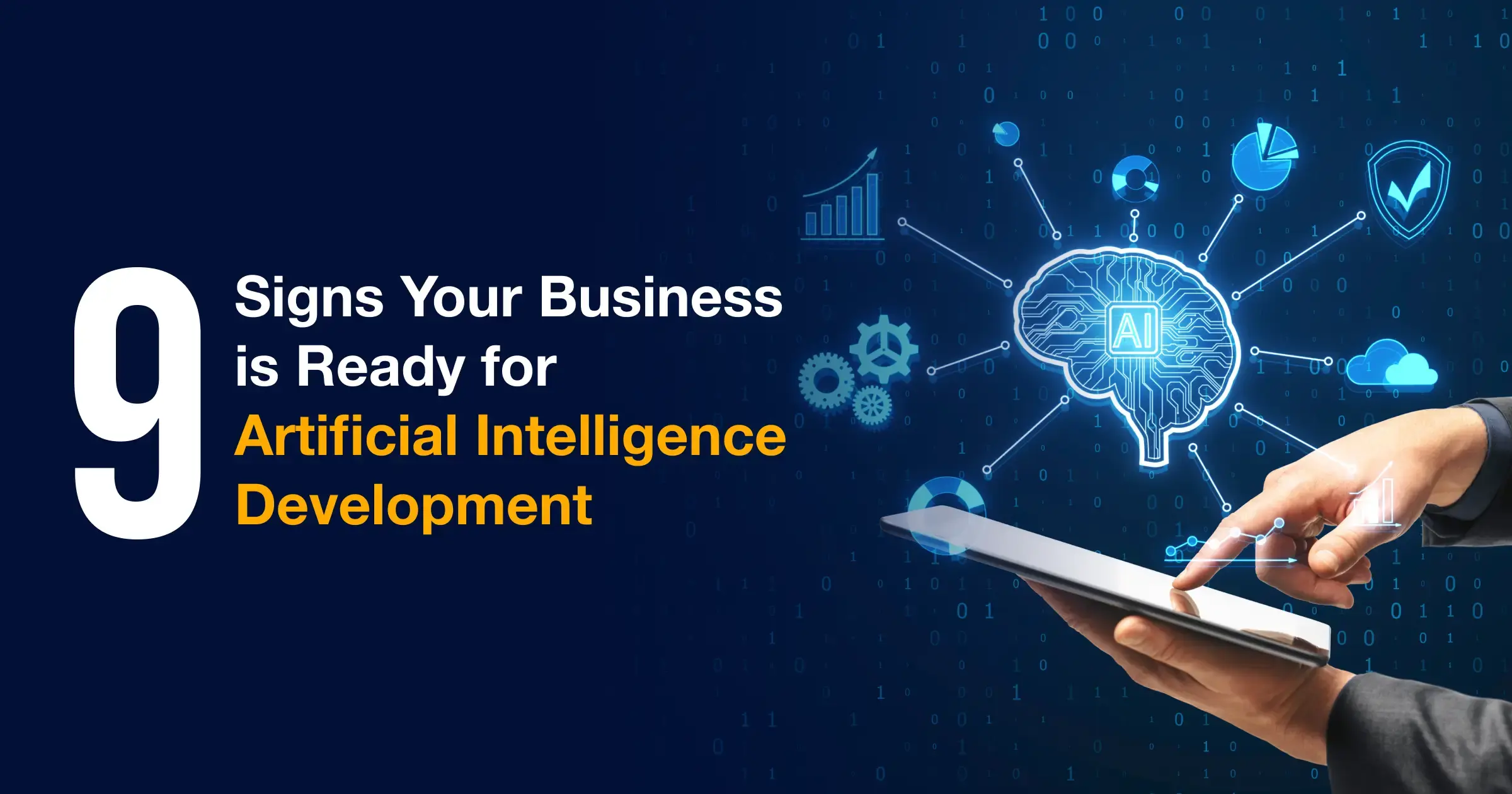
9 Signs Your Business is Ready for Artificial Intelligence Development
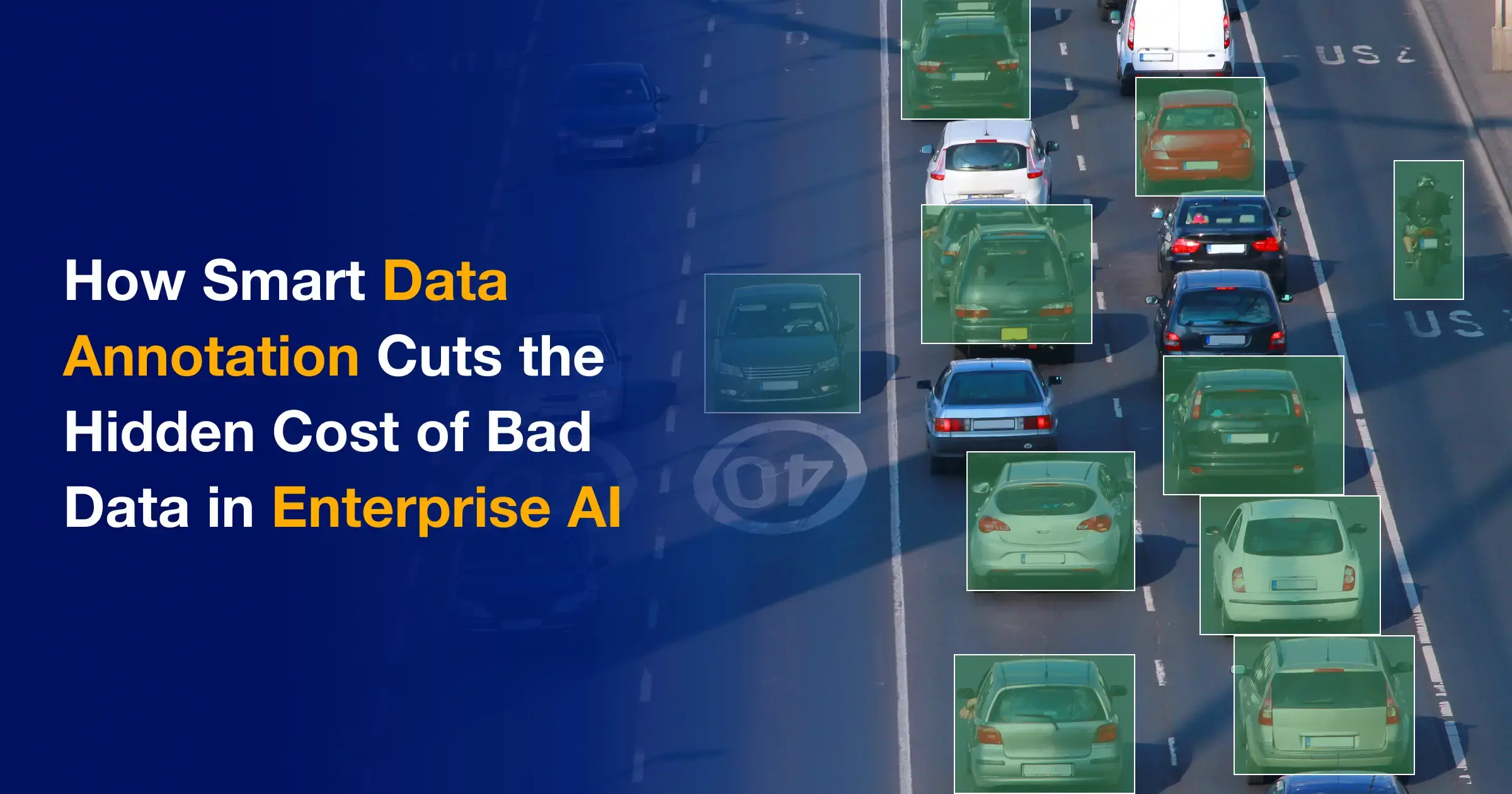
How Smart Data Annotation Cuts the Hidden Cost of Bad Data in Enterprise AI
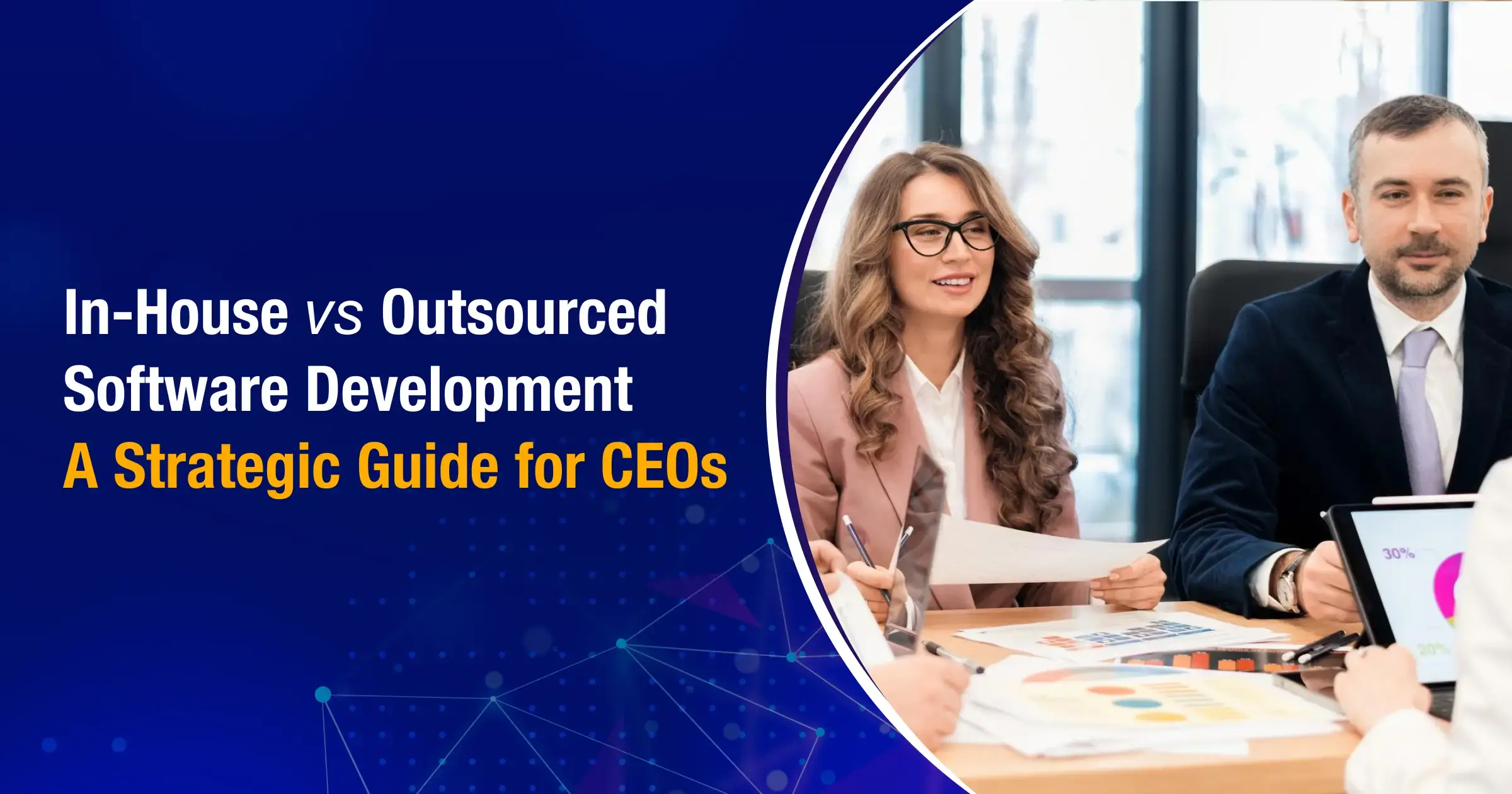
In-House vs Outsourced Software Development: A Strategic Guide for CEOs
We are a team of technology experts who are passionate about what we do. We LOVE our customers. We LOVE technology. We LOVE helping you grow your business with technology.
Our Services
Talk to US